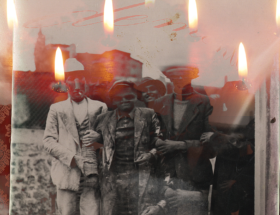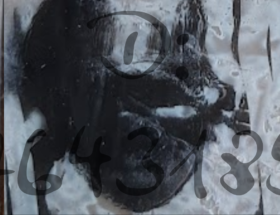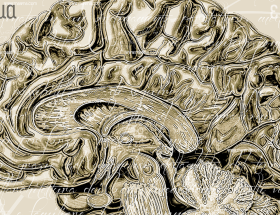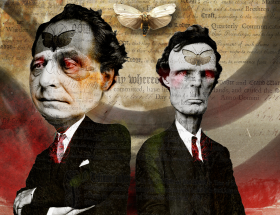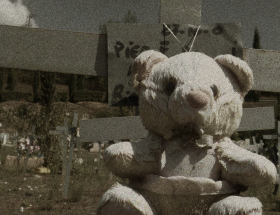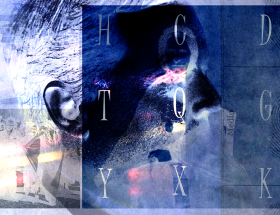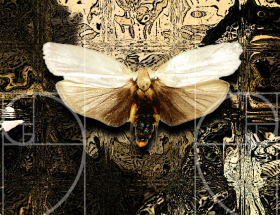Exactly in the first half of the century of enlightenment and diasporas, as the mental territories of proven faith dissolved due to the emergence of paramnesia, the shared references of an apodictic method were lacking.
A common sentiment emerged in society, the need to assign to a “necessary” builder the decisive task of defining an irrefutable method for discerning between the “original” and “reflected” self.
It was thus declared that “it will be necessary to support a constructor who can realize the journey along the impervious and dissonant directions of the contradictors in action, through a path that reaches the fearful places of paramnesic experience,” thereby intending that in the expressions of interdictual judgment it is possible to define that pragmatic need for unambiguous irenic scenarios.
In Dr. Baltieri’s admirable exposition, guided breathing assumed the investiture of the high road, the only one that could allow responsible consensus. Baltieri asserted:
“After an initial uncertain path where, by my pneumatic endurance, I was assailed by a new prospect of knowledge, I considered the same as a necessary direction. Such a prospect kept me sequestered in the recollection of another life previously foreign to me. I was in my home but a stranger, neither able to know the whys of such a state nor empowered to explore by will those vivid memories that imposed themselves. Memories that flowed in dialogue with the surrounding territory. I felt strongly the dragging of my soul by a phantasmal identity that, master and guide, enjoined me to visit the progressive excavation of the ancient encroachments, perturbing containers of Lares that from that territory avocated my life.”
Writes about the Lares Augustine of Hippo referring to Apuleius in The City of God, IX:
“For he (Apuleius) says that the souls of men are demons, and that men become Lares if they have been good; ghosts, if they have lived in evil, or as larvae; and Manes if it is not clear whether they deserve good or evil.”
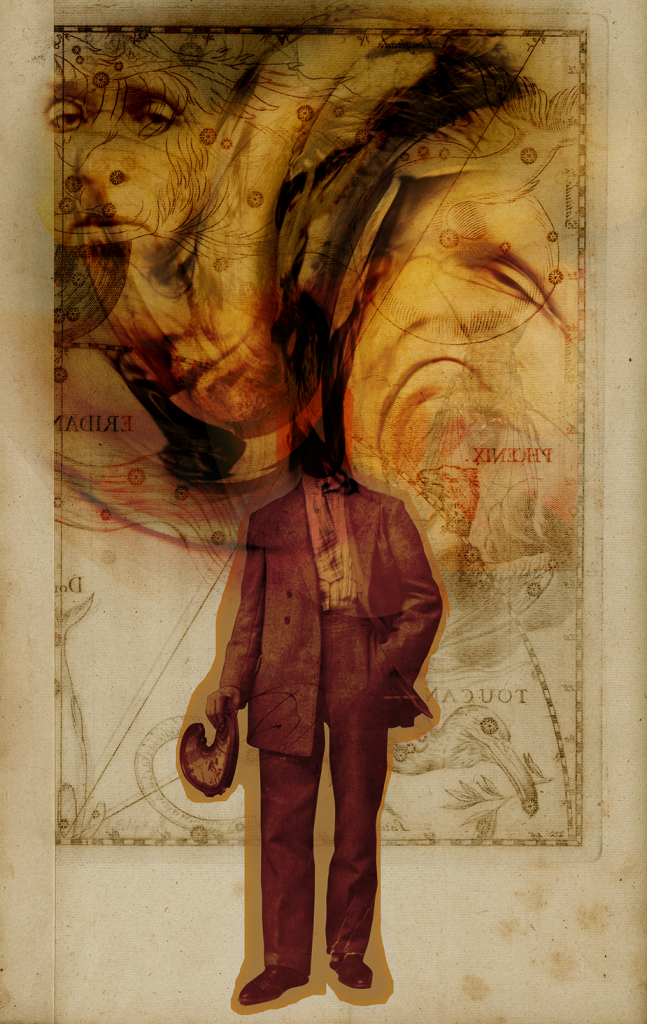
In the past, concealed from most, dissociative symptoms that occurred whenever decompressed breathing caused major changes in vagal tone expressed traces of vortex at the corners of the mouth. When detected, the traces were derubricated as corruption of cheilitis and were treated as such.
The decisive step came with the recognition of the traces as signs of the Lar infiltration process. The corner of the mouth was revealed to be the functional access. A result obtained through studies of insufflatory trajectories, by means of the logarithmic spiral (see Joseph Conti, Vortex vs. Ruah, 1921). The localization of access, unknown until then, led to knowledge of small evolutions of air currents that, flowing into the mouth entrance, manifested the “forma mentis aphanastica” in all evidence an overlap of different identities.
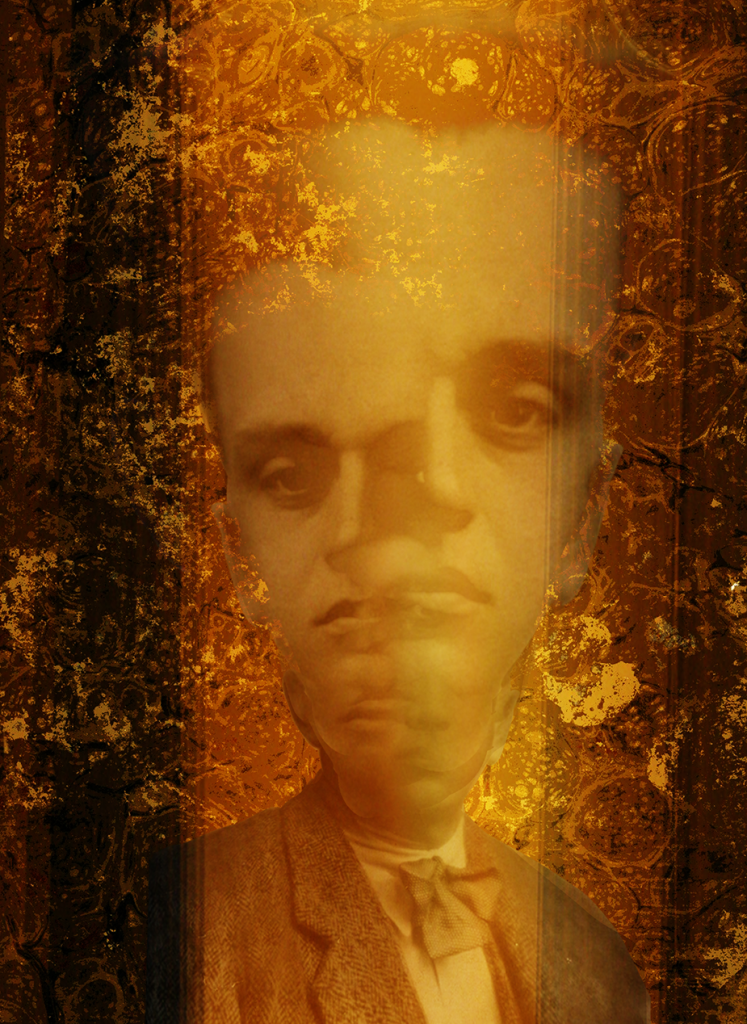
Baltieri wrote further:
“Thus in the vortexes crept the anxious Lar to explore. Indeed, it was his habit to delve into unexplored and melancholically forgotten lands, connected only by rare insights, too dim to be fulfilled in reflection. Impressions and sensations of the rest went no further than the wild region of instinct.”
Now, although Baltieri’s expertise was not such as to enable him to make a comprehensive analysis of the causes leading to the occurrence of paramnesia, it is in the solutions to the problems of the double that his study proved significant. The study of the self, in its mirroring of unknown realities, still offers insights that are worth exploring today because of how difficult a definitive resolution is regarding the conscious control of the “unexpected” host.
Xavier Baltieri’s work addresses and substantiates that dichotomous structure so dear to the journey of formation, the intuitive wonder of the suggestive marvelous and the need for the firm harmonic ordering of logic, for a constant quest for knowledge. Baltieri’s journey is undertaken through the exploration of a defined unknown territory: “the other from Self.” Representation on the basis of an anthropomorphic transposition for which, he, adopts the use of an organic-conceptual map, functional, in his view, to its conquest.
The balance between didactic-logical connective function and intuitive-creative function is the prerequisite for the final result. Baltieri thus adhering to the model of the educational journey, eighteenth-century realizes “topographic-anthropomorphic” maps, the famous “humanizations” that have become over time emblematic and significant demonstrations of apodictic paths necessary for any journey into the territory of the Self.


